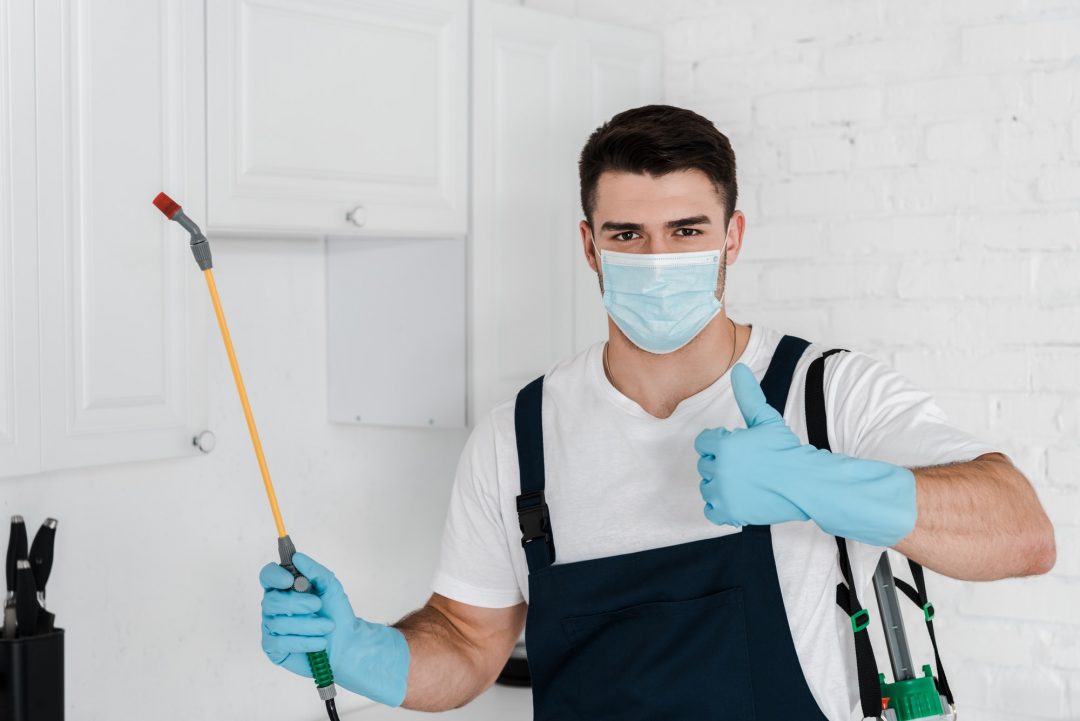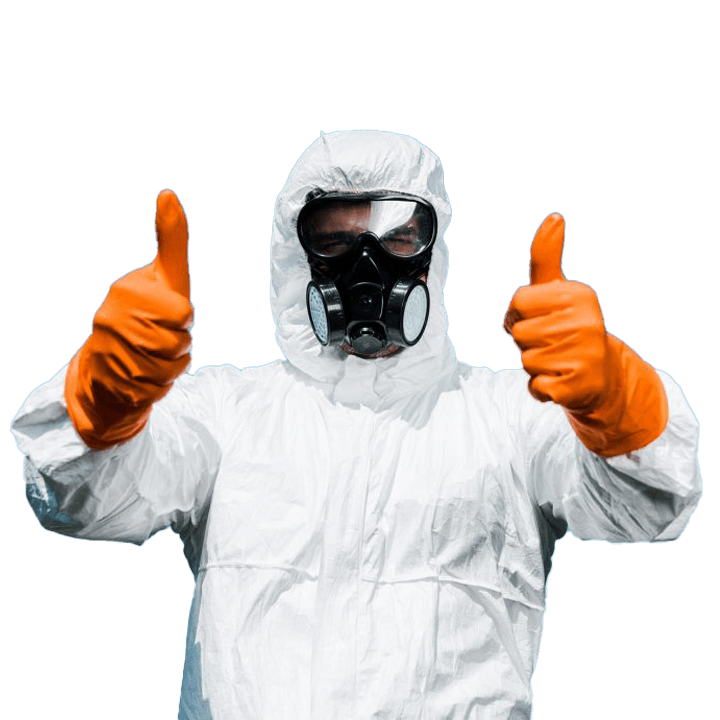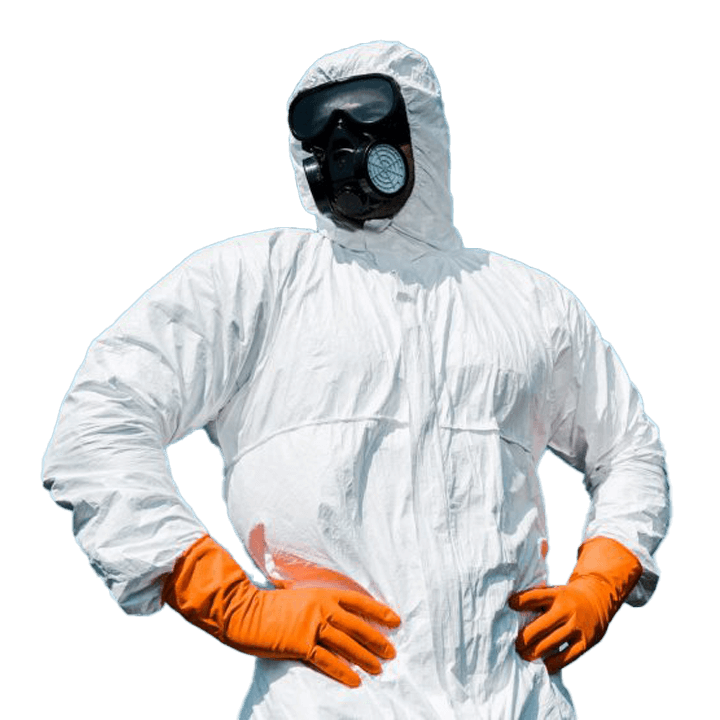- Property Damage In NYC | PrimeAire Mold Services
Property Damage
For more specific information regarding your personal mold testing questions and concerns, call PrimeAire to speak to a LIVE certified technician
Property Damage In NYC
Setting aside any potential health risks associated with indoor mold growth, the ability mold has to cause significant damage to your property is indisputable. However, the effects of mold on construction materials can be reduced, and even prevented completely, by controlling the cause of every mold issue – moisture.
The Cause of Indoor Mold Growth:
Moisture is always the cause of indoor mold growth. Mold doesn’t just grow on construction materials all by itself, it requires moisture. Control moisture and you control mold growth. The source of moisture is typically one of three origins:
- Direct water intrusion event such as a roof leak, plumbing leak, poorly sealed leaking windows, drain back-ups, water run-off from showers and bath tubs, etc.
- Indirect water intrusion from “rising damp” such as moisture wicking up from the ground or damp concrete slabs into walls, carpet, cabinets, furniture, etc.
- Intermittent water intrusion from condensation caused by humidifiers, vaporizers, high steam, inadequate ventilation, faulty windows, and high humidity.
- Mold Testing & Inspection of Surfaces - Air
- Leak Detection and Moisture Testing
- Infrared Inspection & Survey / Infrared Thermal Imaging Assessment
- Mold Assessment, Mold Mitigation and Consulting
- Removal and Remediation
- Water Damage Assessment and Mitigation
- Laboratory Analysis of Mold Samples Taken
- Complete Review of Findings and Laboratory Results
- Recommendations for Mold Removal / Remediation ( If necessary )
Call PrimeAire Mold Services to speak to a Live Certified Mold Professional today.
Mold often grows behind walls and inside ceiling and floor cavities long before it is ever detected. By the time you start smelling an unpleasant odor, rest assured mold has been growing somewhere for some time and every day is growing more. If you suspect you have mold growing indoors, the time to act is sooner rather than later.

Testimonial
Here’s what our customers say
Giving the fresh air back to the household



PrimeAire Mold Services
Property Damage
The Effect of Indoor Mold Growth:
The obvious effect of mold growth inside buildings is the damage it causes to construction materials and personal property. The nature of mold is to decompose matter. Detecting and addressing mold growth early can significantly reduce the cost to remediate and repair damage caused by mold. However, left unaddressed, mold will eventually destroy everything it grows on.
Example of Exterior Water Intrusion:
Example of Interior Water Intrusion:
If you owned this property you would be fully aware of the problem and the extent of the damage. But what if you were considering buying this home? What if the remediation was not properly done and there was still mold growth inside the walls? How would you know?
Hiring a PrimeAire Certified Mold Inspector is the answer. New carpet and fresh paint cannot mask active mold growth from a trained professional with sophisticated state-of-the-art testing equipment. Before you buy your next property, insist on an independent mold inspection.
Warning Signs of Mold Growth:
The cost to repair a job like this is considerably less than the job shown above because a Certified Mold Inspector was able to detect the problem at an early stage. Had this problem gone unnoticed, the remediation cost would have been significantly higher.
Be Pro-Active
The key to limiting mold damage is being pro-active. If you suspect you have a mold problem, don’t ignore it, address it immediately. A common mistake people make is to assume that only visible mold is a problem. In vain, they attempt to wash moldy areas with bleach or cover mold up with new paint, wallpaper, carpet or tile – none of which solves the problem. Unless all mold contaminated materials are removed or properly remediated, mold will keep coming back. The only way to correct indoor mold problems is to eliminate the cause, remove all mold growth and control moisture.
Small Home
Lacus erat diam ornare-
Nullam hac eleifend
-
Nunc augue donec
-
Elit duis et
-
Quisque odio per
-
Condimentum lorem mus
Small Business
Lacus erat diam ornare-
Nullam hac eleifend
-
Nunc augue donec
-
Elit duis et
-
Quisque odio per
-
Condimentum lorem mus
Enterprise
Lacus erat diam ornare-
Nullam hac eleifend
-
Nunc augue donec
-
Elit duis et
-
Quisque odio per
-
Condimentum lorem mus
Why Choose Us
Mold Inspection Testing & Equipment
- Air and moisture tests
- Swab sample
- Surface sampling
- Dust sampling
- Tape lift sampling
- Inner wall checks
- Laser particle counters
- Hyrometers
- Optic borescopes
- Leak detection
- Thermal imaging(infrared)
Primary Objectives of Mold Sampling
- Confirm or rule out the probability that mold is originating from a suspect condition indoors
- Assess the potential for property damage caused by mold without invasive procedures
- Assess the potential negative impact of mold on indoor air quality
Goals of Our Mold Investigation
- Determine if there is a mold or toxic mold infestation problem
- Determine the cause of the mold or toxic mold infestation problem
- Determine the extent of the mold or toxic mold infestation problem
Types of Mold Testing Include
- Air Testing using Air Cassettes
- Wall Check Cassettes
- Carpet Check Cassettes
- Bulk, Swab & Wipe Samples
- Tape Lift Samples
- Clearance Testing
Mold Testing Involves Collecting Samples
- Identify the type of mold present
- Quantify the level of mold present
3 Most Common Types of Samples Used in a Mold Inspection
- Surface samples (testing mold growth on surfaces)
- Air samples (testing airborne mold spores)
- Dust samples (mold DNA analysis)
Hidden Mold in NYC | PrimeAire Mold Services
We use safe and environmentally friendly measures.
Our Mold Inspection Reports are our pride, digital, organized, easy to read and very well documented providing pertinent Mold Removal guidelines.
The following are some of the potential property conditions which warrant a professional mold inspection:

Frequent Condensation on Window
Consequences: Moisture seeps past window frame and into wall cavity causing water damage and mold growth inside wall.
Surface Mold On Window Sill
Consequences: Moisture seeps past window frame and into wall cavity causing water damage and mold growth inside wall.
Surface Mold Inside Window
Consequences: Moisture seeps past window frame and into wall cavity causing water damage and mold growth inside wall.
Bathtub/Shower Mold
Consequences: Mold comes back with a few days after cleaning, severe water damage, degradation of construction materials, and mold growth inside wall cavities.
Mold, Dry Rot, Water Damage on Eaves
Consequences: Severe water damage, degradation of construction materials, and water damage and mold growth spreading under shingles, onto sub-roof materials.
Roof Leak
Consequences: Water damage and mold growth spreading under shingles, eventual on attic and interior construction materials.
Over-Exposure to Water on Stucco
Consequences: Water damage and mold growth on stucco and inner-wall materials and interior walls of the structure.
Common Questions
Frequently Asked Questions
For detailed information or to request a quote, Call PrimeAire Mold Services at 1-877-307-5166 to speak to a Live Certified Mold Professional today.
Mold is a simple organism found everywhere, indoors and outdoors. Mold spores are microscopic (tiny and lightweight) and travel through the air we breathe. Airborne mold spores in large numbers are a known allergen that can cause allergic reactions, asthma episodes, infections, and other respiratory problems for people, especially children and elderly individuals.
Molds can be a major source of building sickness but not the only potential cause. Other issues can cause building sickness.
People living in or working in dwellings with building sickness have symptoms similar to a mild case of influenza (the flu) with the signs and symptoms disappearing within a few hours of leaving the building. Headaches, fatigue, and respiratory problems can also be experienced by people exposed to sick buildings.
Mold will grow in an environment that is warm, moist and unventilated. Once airborne, mold spores can be spread throughout your structure via the air duct system.
Mold can grow within areas of the house / building that you do not see. Wherever there is exposure to water and a mold "food source" such as cellulose (a component of wallboard), mold can grow. Areas such as the interiors of walls, showers and bathrooms, crawl spaces, attics, drywall tape, cracked plasterboard and dampened carpets are a few discovery areas for mold exposure.
New building methods make buildings better insulated and thus more likely to retain molds within the structure. Buildings are more airtight and any unventilated moisture that gets inside stays trapped inside, allowing mold to grow and spread rapidly.
Molds will grow any time the environment is favorable. Molds can be introduced into the house / structure when the building is under construction or after completion through events such as water damage from leaky pipes, roof leaks, sink, tub, or toilet overflows, cracks in the sealant around tubs /showers and use of inadequate materials during construction. There are documented cases demonstrating the damage caused by contractors allowing building materials to become wet during construction.
See examples of recent mold damage coverage: Forbes magazine: "The Fungus That Ate Sacramento;" CBS News: "Black Mold - Creeping Destruction;" CBS News/ 48 Hours: "Brockovich Takes on a New Foe: Mold;" CBS News/48 Hours: "An Insidious Mold."
In the past, insurance companies have covered mold repairs, but this is changing. Due to litigation and expensive repairs that can be incurred, insurance companies are now starting to consider mold issues a "maintenance issue" even if it costs thousands of dollars to repair/replace walls, etc. Please consult your insurance policy to see if you are covered.
It is possible to clean up visible (surface) mold with a solution of water and bleach, but precautions should be taken. For specific instructions, please refer to FEMA. Mold that is not visible however may require professional remediation.
By eliminating all of the mold that you can see, you may help your situation. However, this may not be the final solution since contamination may be originating from sources such as carpets, the inside of walls, air ducts, crawl spaces and sources outside of your home or building.
